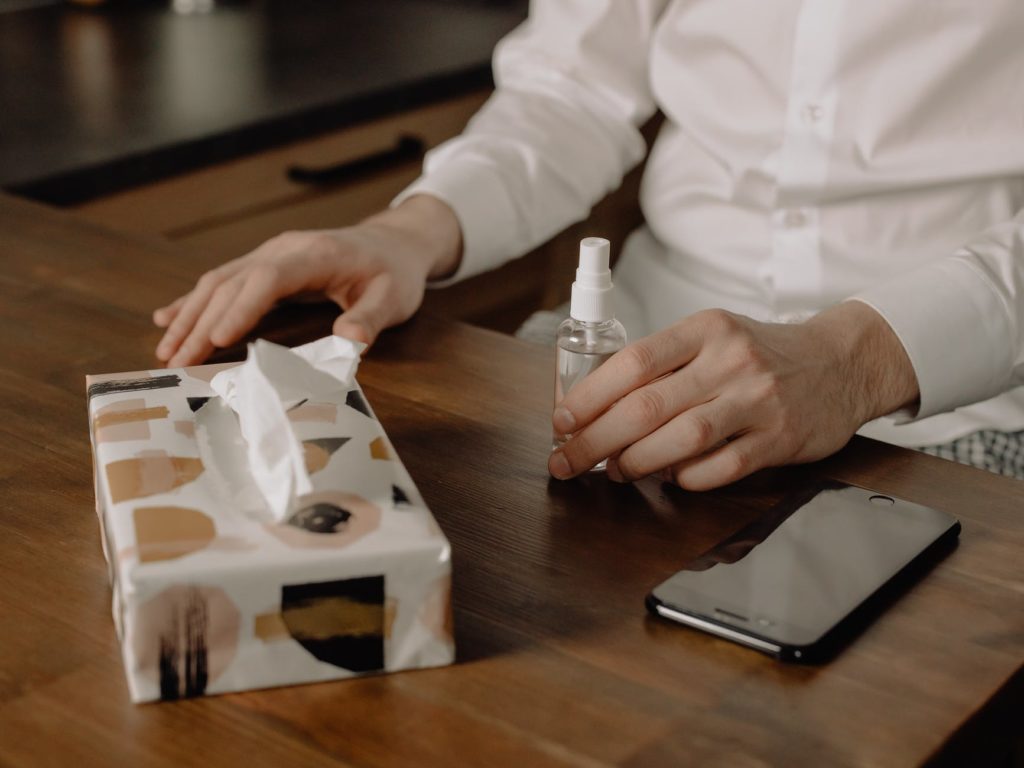COVID-19 advice
The information in this blog is correct as at 3 August 2020. For the most up-to-date Employment Law and Health & Safety advice to support your organisation through the COVID-19 pandemic, visit our Coronavirus Advice Hub, which is updated daily and contains a variety of free guidance notes, letter templates, checklists, risk assessments and more.
While some businesses may already be back operating under new conditions, others – particularly those where homeworking is available – have yet to take the plunge. So what does it take to make your workplace COVID-secure?
Though the specific measures required will vary depending on your sector and the sorts of activities you undertake, there are some fundamental principles that apply across the board.
Here are 10 ways to safeguard your environment and reduce the risk of transmission.
1. Assess risks
It is vital that you carry out a “suitable and sufficient” risk assessment ahead of any return to the workplace. A specific COVID-19 risk assessment should be the basis for determining what control measures need to be introduced within your setting.
Risk assessment is a legal requirement under the Management of Health and Safety Regulations 1999, and while it will not be possible to eliminate the risks posed by COVID-19 completely, you will need to be able to demonstrate the steps you are taking to keep people safe. The government has said that it expects all businesses with 50 or more staff to publish their COVID-19 risk assessment findings, so consider making this available, perhaps on your website.
Once this is complete, you will also need to review your existing risk assessments to make sure they are not impacted by any new procedures or processes that you intend to adopt.
2. Familiarise yourself with the guidance
The UK government has published sector-specific guidance on working safely during coronavirus which is intended to help businesses become “COVID-19 secure”. This should provide a useful starting point for assessing risk and deciding on appropriate controls.
3. Communicate with employees
Under the Health and Safety at Work etc Act 1974 and Health and Safety (Consultation with Employees) Regulations 1996, employers have a legal responsibility to consult with employees on health and safety matters.
To help employees understand the risks arising from COVID-19 and the arrangements you have introduced to mitigate them, including any changes to procedures, equipment or ways of working, share the key findings of your risk assessment with your workforce before they return. This is also an opportunity for employees to ask questions and raise any ideas or concerns.
You may also wish to consider training or toolbox talks to ensure a smoother, more confident transition.
4. Keep employees engaged
Everyone has been impacted by COVID-19 in some way or another, and while things appear to be returning to some semblance of normality, the risk of infection is still very much present. Many people will still feel anxious about their own health or bringing the virus home to loved ones.
Inform employees of the measures taken to protect them at work and involve them in the process by consulting with them. Listen to any views employees might have on how they can work safely – after all, they will have first-hand knowledge of processes and potential risks.
5. Consider those at higher risk
When it comes to risk management, there can never be a ‘one size fits all’ solution. It is important to identify those who are particularly vulnerable to COVID-19 and its effects, which may include pregnant employees and those with other underlying health conditions.
Make sure your organisation protects those at higher risk. In particular, with shielding now paused, make sure you have taken all “reasonably practicable” steps to reassure and support clinically extremely vulnerable workers returning to work.
6. Remember your homeworkers
Homeworking is still encouraged where possible. If employees are continuing to work remotely, consider:
- Whether further assessment is required to confirm that homeworkers are able to work safely and comfortably.
- Establishing channels of communication and reviewing how well these are working so that the employee doesn’t become isolated.
- Whether mental health and wellbeing needs closer monitoring.
7. Plan for worst-case scenarios
Make sure you have a clear procedure in place for dealing with individuals who become symptomatic while at work, including sending them home to self-isolate in line with the stay at home guidance, cleaning and disinfecting any potentially contaminated surfaces, and encouraging employees to get tested.
Do what you can to reinforce your emergency arrangements and public health messaging to employees using internal newsletters and intranets, emails and signage.
8. Keep track of third parties
By third party, we mean anyone entering your place of work for work-related reasons such as cleaners, technicians, maintenance workers and other contractors.
It is your responsibility to be aware of their strategy for minimising transmission risk. This will be particularly so where you rely on them regularly, for example cleaning contractors.
9. Keep up to date
The government continues to release additional industry guidance to provide more detail and context, as well as update and amend existing guidance as the situation evolves.
Make sure you remain informed of developments that may impact your business by ensuring someone is tasked with following the guidance. This will allow you to adapt your operations and safety arrangements quickly if required to do so.
10. Remember RIDDOR
Where a worker tests positive for COVID-19 and there is reasonable evidence to suggest that they contracted the virus at work, a report will be needed under the Reporting of Injuries, Diseases and Dangerous Occurrences Regulations (RIDDOR) 2013.
Unfortunately, the COVID-19 guidance for RIDDOR reporting is rather vague and quite healthcare-centric. However, reporting is still legally required across all industry sectors.
Given the financial impact of the coronavirus crisis, employers will be anxious to get back to business as soon as possible. However, it is essential that all appropriate measures are in place before allowing employees to return to work.
With the HSE now inspecting businesses to check they are COVID-secure, taking all necessary measures as outlined in this article – and documenting them – will not only help to protect your people but will also protect your business from regulator scrutiny.
Remember, this is about meaningful action, not just a tick in the box; while you may be worried about delaying reopening, taking the time to introduce thought-out and effective arrangements will likely prove instrumental in encouraging a return to work.
FREE COVID-19 guides, risk assessments, policies and more
Since the onset of the coronavirus pandemic, our experienced team of Health & Safety specialists have been busy producing practical resources designed to help employers follow government guidance and fulfil their duties under health and safety law.


